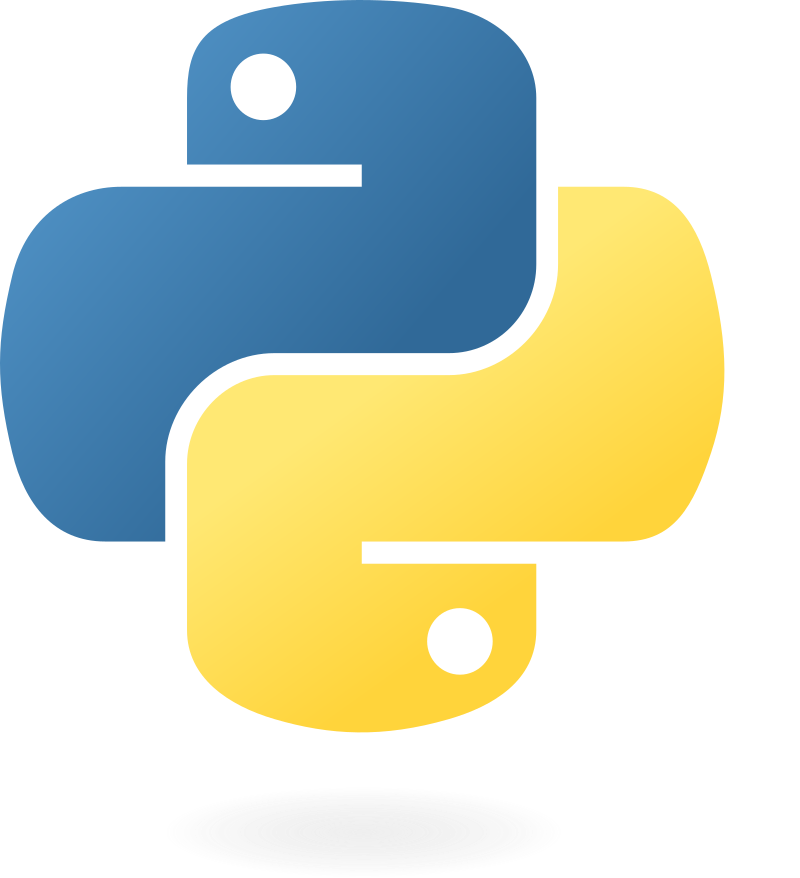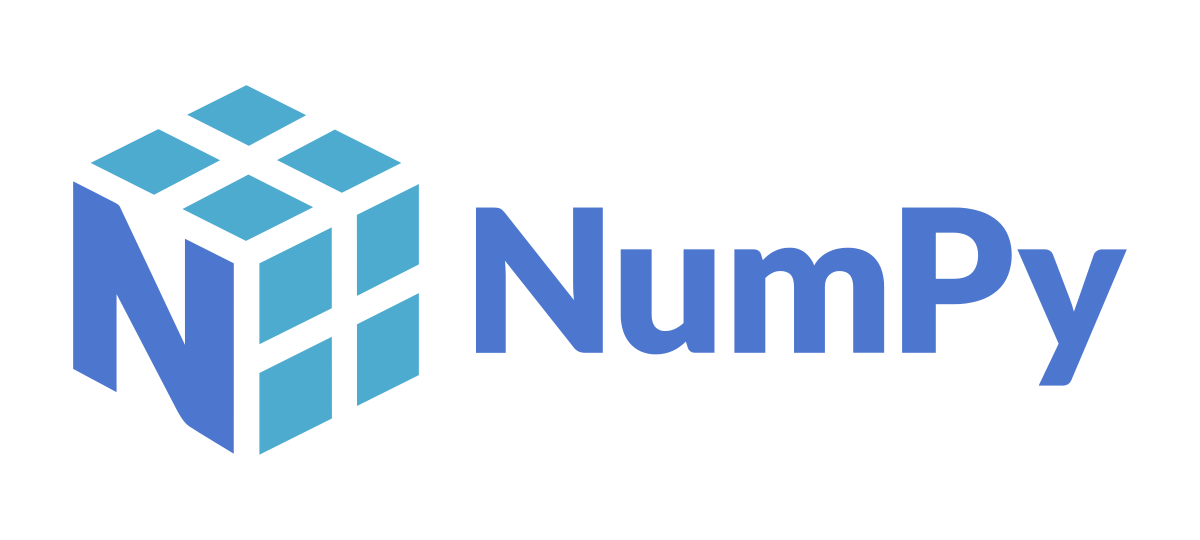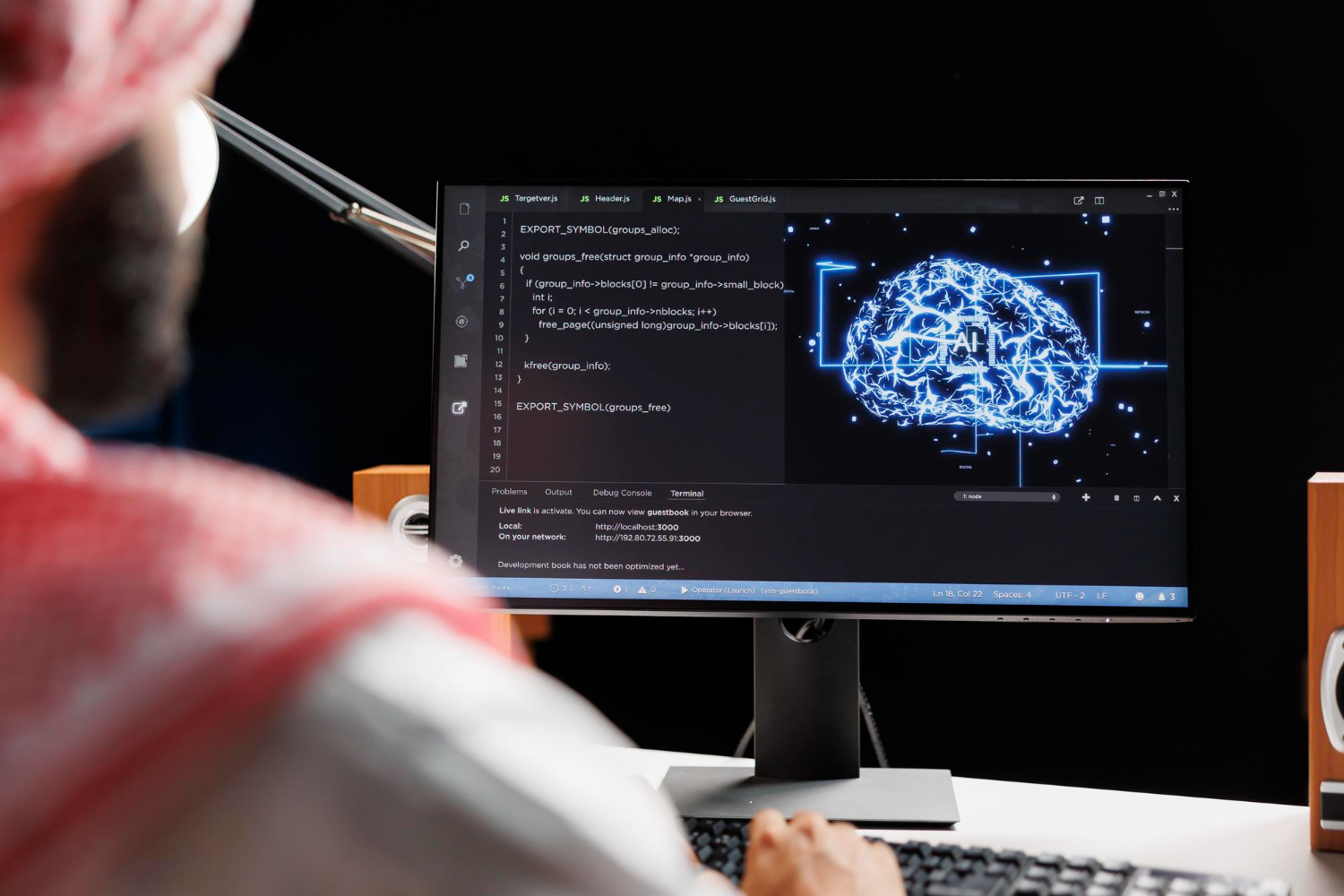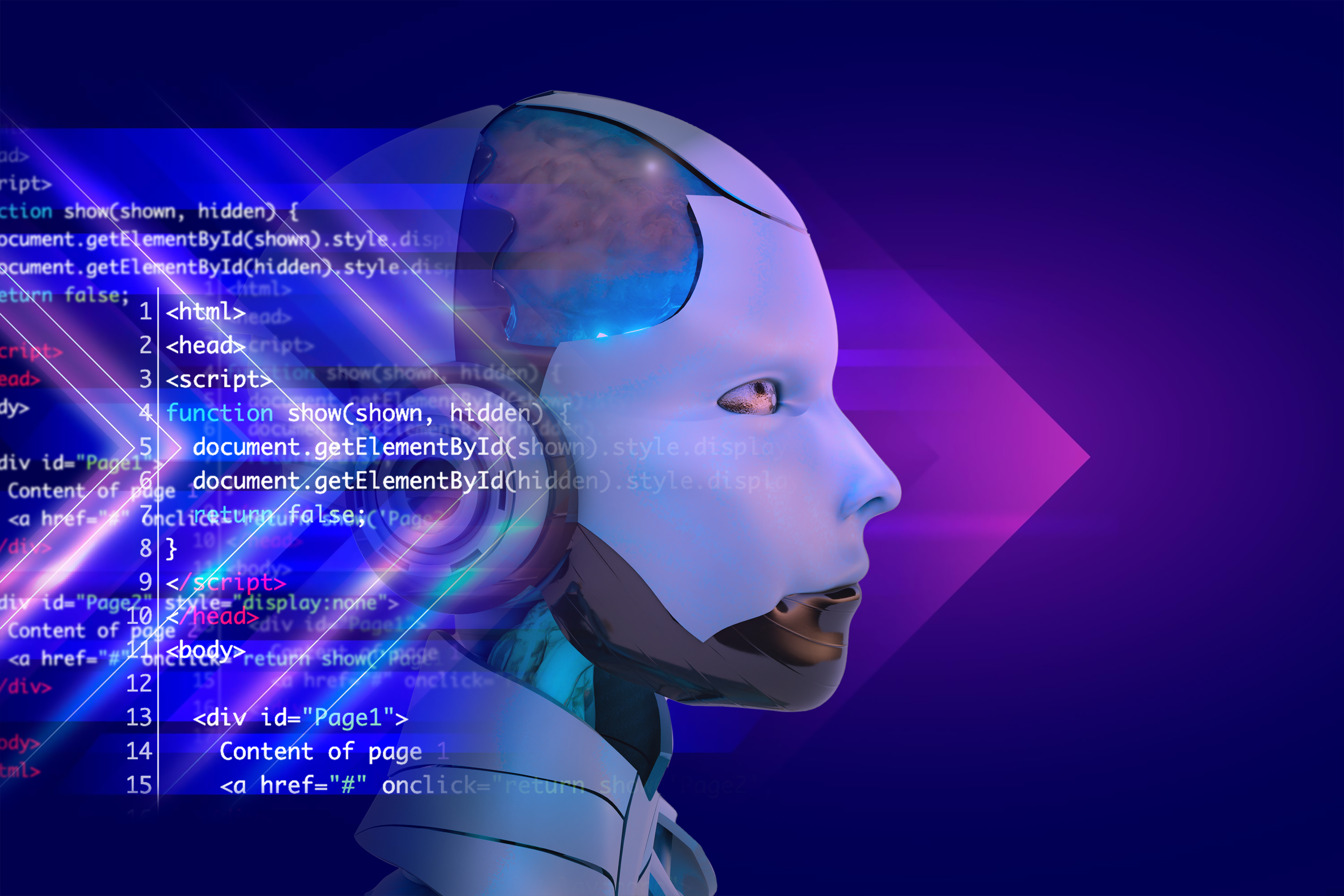
Introduction to Machine Learning in Python: A Beginner's Guide
Published: 2025-02-18 07:36:13
Machine Learning in Python is a powerful approach to building intelligent systems. Python, with its user-friendly syntax and vast library support, is an ideal language for learning and implementing machine learning algorithms. In this guide, we’ll explore the basics of Python machine learning, helping you understand key concepts like data preprocessing, supervised and unsupervised learning, and model evaluation. We will dive into popular libraries such as scikit-learn, TensorFlow, and Keras to implement machine learning models. Whether you're a beginner or looking to refresh your skills, this guide will provide the foundation for your machine learning journey in Python.
What is Machine Learning in Python?

Machine Learning (ML) is a subset of Artificial Intelligence (AI) that allows computers to learn from data and make predictions or decisions without being explicitly programmed. In ML, algorithms are trained using data, which helps them recognize patterns and improve their performance over time. As data continues to grow in volume and complexity, machine learning enables businesses and individuals to gain insights and make data-driven decisions effectively.
Why Python is the Preferred Language for ML?
Python has become the go-to language for Machine Learning due to its simplicity, versatility, and extensive libraries. Here’s why Python stands out for ML:
- Ease of Use: Python’s readable syntax allows developers to focus on problem-solving rather than getting caught up in complex code.
- Rich Libraries and Frameworks: Python provides a variety of libraries like TensorFlow, Keras, and PyTorch that make building machine learning models easier.
- Community Support: A large and active community means more resources, tutorials, and solutions for ML-related problems.

Common Python Libraries for Machine Learning:
- NumPy: A core library for numerical computing, NumPy provides efficient array operations and mathematical functions. It is fundamental for handling data in ML models.
- Pandas: Pandas are useful for data manipulation and analysis, and they simplify data cleaning, transforming, and preprocessing tasks.
- scikit-learn: A powerful library for classical machine learning algorithms, scikit-learn provides easy-to-use tools for model training and evaluation.
- Matplotlib: A visualization library, Matplotlib helps you plot data and results, making it easier to interpret ML outputs.
Machine learning in Python is accessible and efficient, and these libraries make building machine learning models a straightforward task for developers.
Getting Started with Machine Learning in Python
To start working with Machine Learning in Python, the first step is to set up your development environment and install the necessary libraries. Here’s a step-by-step guide to help you get started:
1. Installing Essential Libraries:
Before diving into building machine learning models, you need to install key Python libraries that support ML tasks. These libraries include:
- NumPy: For efficient numerical operations and array handling.
- Pandas: To manage and manipulate data in dataframes.
- Matplotlib: For visualizing data and results.
- scikit-learn: A comprehensive library for ML algorithms like classification, regression, and clustering.
- TensorFlow/Keras: For deep learning tasks, including neural networks.
You can install these libraries using pip, Python’s package manager. For example, to install the core libraries, run:
pip install numpy pandas matplotlib scikit-learn tensorflow
2. Setting Up a Development Environment:
For a smooth machine learning workflow, setting up an integrated development environment (IDE) is crucial. Some popular choices for Python-based ML development include:
- Jupyter Notebook: Ideal for running Python code interactively, Jupyter allows you to write and test code in blocks, which is excellent for data exploration and model building.
- PyCharm: A full-fledged IDE that is great for larger projects and provides excellent debugging and code completion features.
- VS Code: Lightweight and highly customizable, VS Code is another great option for coding in Python.
Once your environment is set up, you’ll be ready to start working on machine learning projects using Python and its robust ecosystem of libraries.

Key Concepts in Machine Learning
Machine learning is a vast field with several key concepts that help in building powerful models. Two of the most fundamental types of machine learning are Supervised Learning and Unsupervised Learning. Here’s a breakdown of these concepts:
1. Supervised Learning
In supervised learning, the model is trained on a labeled dataset, meaning the input data is paired with the correct output. The goal is for the model to learn the mapping from input to output, so it can make predictions on new, unseen data.
- Key Characteristics:
- Labeled Data: Each training example has a corresponding target value.
- Goal: Make predictions or classifications based on past observations.
- Common Algorithms: Linear Regression, Logistic Regression, Decision Trees, Support Vector Machines (SVM).
- Examples: Predicting house prices based on features like square footage or classifying emails as spam or not spam.
2. Unsupervised Learning
Unsupervised learning involves training a model on data without labeled outcomes. The goal is to identify patterns, groupings, or structures in the data without explicit guidance on the expected results.
- Key Characteristics:
- Unlabeled Data: The data does not include labels or target values.
- Goal: Discover hidden patterns or groupings within the data.
- Common Algorithms: K-Means Clustering, Hierarchical Clustering, Principal Component Analysis (PCA).
- Examples: Customer segmentation based on purchasing behavior or reducing dimensions of a dataset while preserving important features.
Understanding these key concepts helps select the appropriate algorithm for different tasks, whether you need to predict outcomes or find hidden patterns in the data.
Resources to Learn Machine Learning in Python
Learning Machine Learning in Python can be an exciting journey, and many resources can help you master the skills needed to build intelligent systems. Whether you're a beginner or looking to enhance your expertise, here’s a list of popular platforms and websites where you can dive into the world of machine learning with Python:
These platforms offer tutorials, courses, hands-on exercises, and expert insights to help you learn machine learning in Python at your own pace. Whether you're interested in deep learning, supervised learning, or data preprocessing, these resources will provide the knowledge and tools to succeed in the field.
Conclusion
Machine Learning in Python offers endless possibilities for solving real-world problems and advancing your career in tech. By applying the concepts and skills you've learned, you’ll gain hands-on experience and improve your understanding of ML algorithms and techniques. The more you practice, the better you'll become at developing innovative solutions.
Start your journey today by exploring resources and projects that will strengthen your ML skills. Explore our Machine Learning courses at CodeWithTLS! Whether you’re just starting or looking to refine your skills, our courses provide comprehensive training and practical knowledge to help you succeed.

Introduction to Machine Learning in Python : FAQs
Why use Python for machine learning?
Python is easy to learn, has a vast ecosystem of libraries (like NumPy, Pandas, and Scikit-Learn), and offers excellent community support. It’s cross-platform and efficient for developing and deploying machine learning models.
Which libraries are essential for machine learning in Python?
Key libraries include:
- NumPy: For numerical operations.
- Pandas: For data manipulation.
- Matplotlib/Seaborn: For visualization.
- Scikit-Learn: For implementing ML algorithms.
How do I get started with machine learning in Python?
- Install Python and libraries.
- Learn basic Python programming.
- Study ML concepts like supervised and unsupervised learning.
- Work on simple projects and datasets.
What are popular machine learning algorithms in Python?
- Supervised Learning: Linear Regression, Logistic Regression, Decision Trees, SVM.
- Unsupervised Learning: K-Means, PCA.
- Deep Learning: Neural Networks (using TensorFlow or PyTorch).
Get started with Machine Learning in Python. Read more!
Top Applications of Machine Learning in Video Game Development
Machine Learning Career Opportunities: Exploring Roles and Growth Prospects
Top Skills You Need to Become a Machine Learning Engineer

